Tables and diagrams
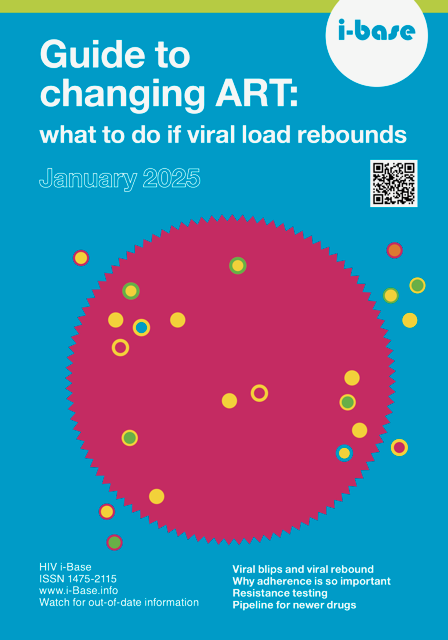 We’ve collected key tables and diagrams in the guide here for ease of reference.
We’ve collected key tables and diagrams in the guide here for ease of reference.
Figure 1. Viral load blips
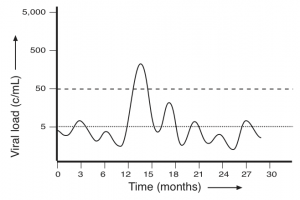
Figure 2. Viral load rebound
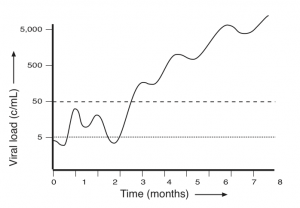
Figure 3. From rebound to symptoms

Figure 4: How one mutation can stop some drugs working
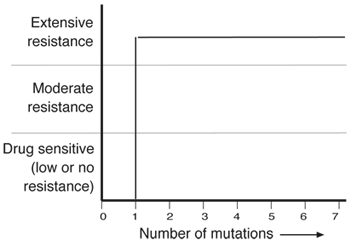
Figure 5: Resistance increases slowly with some drugs
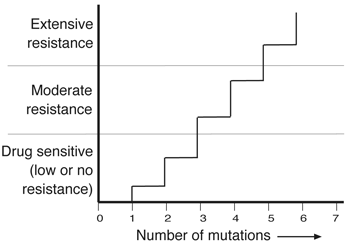
Figure 6: Drug levels with good adherence

Figure 7: A missed or late dose increases the risk of resistance

Figure 8: Types of resistance tests

Figure 9. Using only one active drug will only work for a short time

Figure 10: Waiting to use three new drugs is more likely to get viral load undetectable
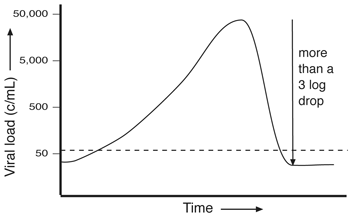
Why a combination can fail
| REASONS A COMBINATION CAN FAIL | WHAT TO DO ABOUT IT | |
|---|---|---|
| 1) Adherence.You might have missed doses or not understood how important this was. | Your doctor is likely to talk about adherence first.Be as accurate as you can about this.If you did not miss doses it is important that your doctor believes you. | Ask questions about treatment until you are happy with the answers. Talk to your doctor, health advisors and friends.Read community leaflets and websites. Take control of your own health. Ask for help if you need it. |
| 2) Taking meds with or without food. | Some drugs need to be taken with food and others without food to reach the right levels. | Check that you had the right information. Not following this advice might mean you were only getting only half the dose. |
| 3) Low drug levels. You were taking your drugs on time but they were not absorbed properly. | Some people absorb low drug levels.This is less common with modern meds but may still be worth checking.. | Drug levels can be checked for some drugs. These include PIs, NNRTIs, integrase inhibitors, maraviroc and T-20. |
| 4) Drug resistance before treatment. | Resistance might have been missed before you started. Even taking all your meds on time can’t overcome drug resistance. | Get a new resistance test and an expert review of previous tests.This will help chose your next drugs. |
| 5) If your combination had side effects. | No matter how good your combination is on paper, if you have difficult side effects, or it is too difficult to take, then ask your doctor if there are other options. | Use new drugs that are still likely to be active.If side effects were a reason for missing doses, it is important that your doctor knows this.There are likely to be other meds you can use. |
| 6) Drug interactions may have reduced the drug levels of your HIV drugs. | Other medications, supplements or herbs can interact with HIV drugs.This includes meds you can buy over the counter without a prescription.It can include vitamins and minerals and some recreational drugs. |
Your HIV doctor and pharmacist need to know about all your drugs and supplements. This is to check for potential interactions. See: |
| 7) The drugs in your last combinations. | Some drugs are not recommended at high viral loads. |
Check that the drugs in your last combination were right for your viral load. |
Table 1: Log scales (a log 10 scale is a multiple of a factor of 10).
| 1 log = 10 | 1.5 log = 30 | 1.7 log = 50 |
| 2 log = 100 | 2.5 log = 300 | 2.7 log = 500 |
| 3 log = 1,000 | 3.5 log = 3,000 | 3.7 log = 5,000 |
| 4 log = 10,000 | 4.5 log = 30,000 | 4.7 log = 50,000 |
Last updated: 1 January 2025.
